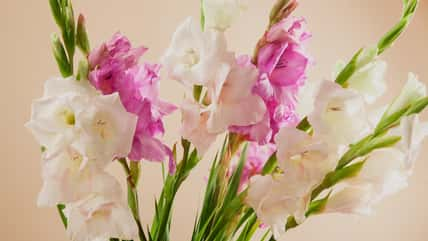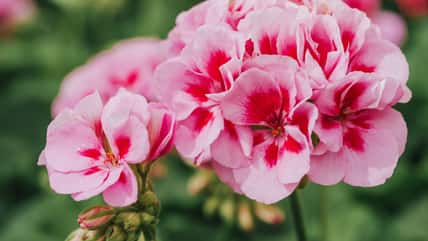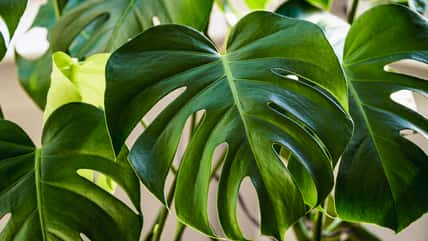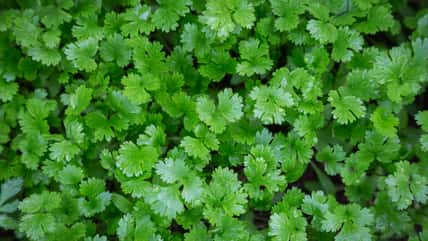Here’s How To Grow And Care For The Beautiful Star-Shaped Bloomerang Lilac, Which Will Make An Appearance In Your Garden Twice A Year

Do you ever wish your lilacs could stick around for a little while longer? With the Bloomerang lilac tree, you won’t have to be left wanting more. This lilac tree blooms twice a year–once in the spring and again in late summer, lasting until the first frost.
It features deep purple and lavender star-shaped flowers that give off a pleasing fragrance, and its compact size makes it a superb addition to your patio or landscape as a border or privacy screen. Its dark green, veined leaves grow on long, arched branches and turn yellow when the weather starts to cool down, providing a festive fall look.
The Bloomerang lilac tree is a hybrid that’s been bred to grow smaller than other lilac bushes. The trees are low-maintenance and can be planted on their own or in groups.
As for their growing conditions, Bloomerang lilacs thrive in full sun. They will still grow in partial shade, but they won’t produce as many flowers.
The lilac trees should be planted in well-draining, alkaline soil. Plant your tree during the spring season in a hole that is twice the size of the root ball.
Add a thin layer of mulch around the base of your lilac to protect it from temperature fluctuations and retain moisture. During the blooming season, water it about every ten days until just before the first frost.
For the rest of the year, water during long, dry periods, particularly when the leaves start to wilt, and the top three inches of soil are dry.
The Bloomerang requires a period of cold weather to bloom, so it will not flourish in hot climates. You can grow the shrub in USDA hardiness zones three to seven, but it does its best in the northern region of the country.
Fertilize your Bloomerang lilac tree two times a year. The first time should be in early spring, and the next time should be after the bush generates its spring blossoms. Apply a fertilizer designed specifically for lilacs because they have higher levels of phosphorous and potassium to encourage blooming.

Fatma – stock.adobe.com- illustrative purposes only
Bloomerang lilacs do not need to be pruned regularly, but if you do decide to prune your bush, do it right after the first flowering. Avoid pruning in the fall, winter, or spring before flowering because you risk cutting off the flower buds.
Since the Bloomerang is a hybrid, it’s more resistant to plant diseases than other varieties of lilies. However, powdery mildew can still pose a problem if your tree doesn’t have proper air circulation. It needs enough space to grow, and if you’re planting it in a group of shrubs, place them at least five to six feet apart.
If true crime defines your free time, this is for you: join Chip Chick’s True Crime Tribe
She Walked Out Of A First Date After A Guy Berated Her For Not Wanting To Have Kids
She Got Up And Left Her Own Wedding In Tears After Her Parents Humiliated Her During Their Speech
She’s Worried That Her Preschooler Son Is Showing Psychopathic Signs
Want To Deer-Proof Your Garden? Here Are 10 Shrubs That Deer Won’t Dine On
Sign up for Chip Chick’s newsletter and get stories like this delivered to your inbox.
More About:Gardening





